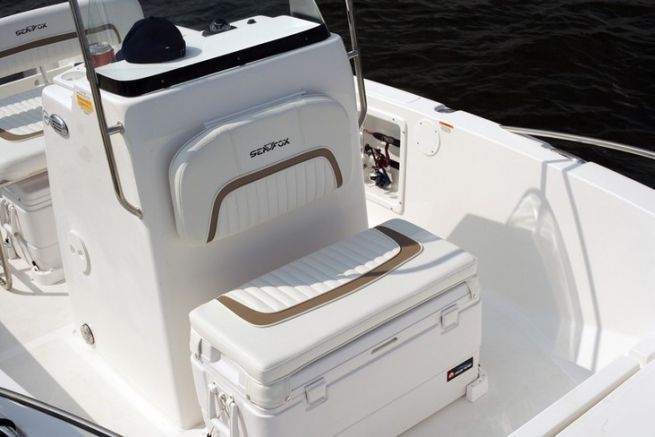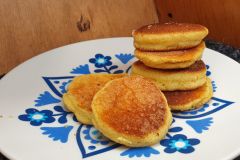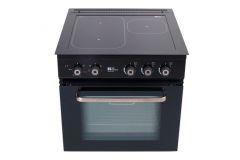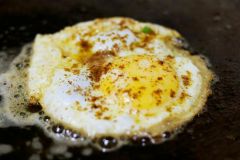There's the sun. Feel like going out, having a picnic and a ride on the water. Let's face it, eating fresh, possibly having a drink with a few ice cubes, all this makes us feel like being on board. Unless you have a boat equipped with a fixed refrigerator (which is often the case on houseboats), you will have to find a solution to keep your food fresh as long as our boat remains modest.
Overtake canned food as the only seafood supply!
For so long canned pâté has been the prerogative of sailors, it is possible to overtake canned food as the only food at sea. Gastronomes came on board and today we crave freshness, salads and a fresh rosé when we sail. For this, the first natural reflex remains the icebox.
The different cold storage systems
We could divide the portable "fridge" into three categories:
- The traditional icebox
- The electric Peltier effect cooler
- The electric compressor cooler
The cooler: ice for cold weather
It has the advantage of not costing a lot and being particularly strong. Handy, it can be easily cleaned and stored just about anywhere on board.
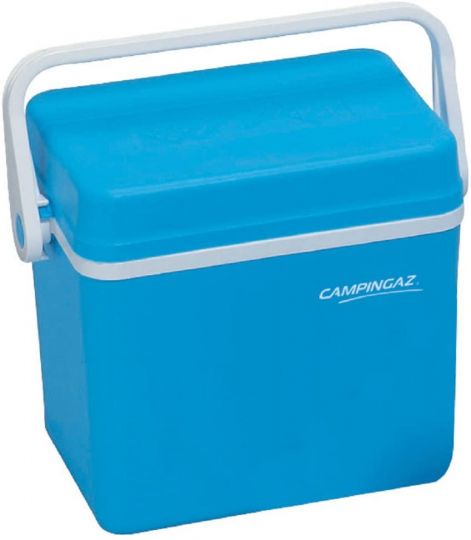
However, remember to freeze the blocks of water (ice packs) before using it. It is this ice that is stored inside the cooler that will maintain the cool temperature. This means that you can't set the desired level of cold. It will usually produce a lot of moisture. Its autonomy in cold is quite limited, one day at the most. If it's not too hot.
In short, it is practical, cheap and absolutely perfect for a day out!
Tip Square models are preferable to rounded models, which are more stable because they are at right angles. And keep the frozen blocks permanently in the freezer, so you're always ready to go!
The electric Peltier effect cooler
The Peltier Effect is a thermoelectric heat displacement effect when two electrical conductors are physically linked, one warms up and the other cools down.
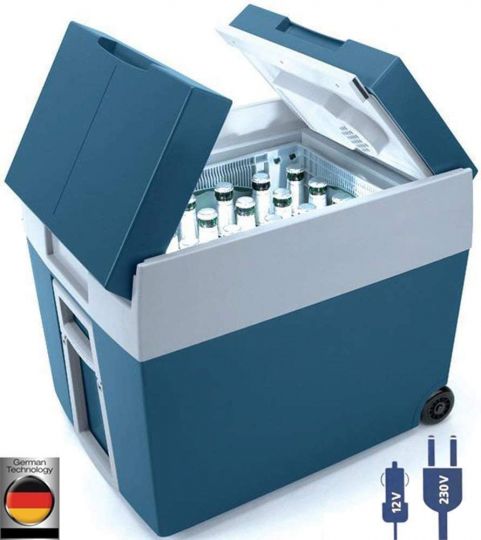
It is efficient, can often operate on 12 volts ( car or boat cigarette lighter socket ) and/or 220 volts most often or gas (with a burner for heating). It will allow efficiently stored products to be kept cool, provided there is no electricity or gas source on board. Often dimensioned to hold several bottles closed upright, it will allow you to drink fresh.
Its major disadvantage comes from its often high consumption (count about twenty amps). Indeed, to operate it needs to consume electricity permanently, on the one hand, and on the other hand, this air needs to be "pulsed" into the cold compartment of the cooler. It is quite heavy and cumbersome (5 to 10 kilos when empty). Finally, its interior volume is generally smaller than its exterior appearance suggests.
In short, it will be your ally for a weekend, if you have enough dedicated servitude battery. Beware of condensation that will inevitably form in the cold zone, it can eventually damage stored food.
Tip: wipe it down completely between uses and load a refrigerator moisture absorber when you use it, this will help you keep your snack better!
The electric compressor cooler
You immediately move on to the next dimension, both in terms of possibilities and price (count a minimum of 150 euros for a basic model).
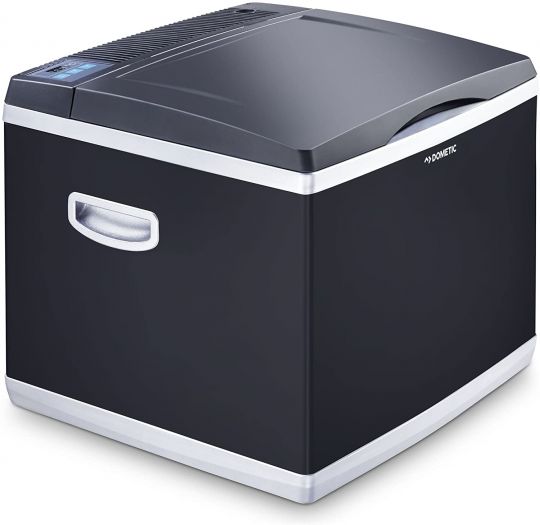
Here, the operation is the same as that of a domestic refrigerator. A compressor puts a gas under pressure, this gas circulates in a coil that cools the refrigerator chamber by expanding.
So, this model will be able to go down very low in temperature (can even freeze) and will allow you for example to preserve the fruit of your peach of the day. If it is adapted to the weekend outing, it will find all its usefulness for the maintenance in negative cold of ice cream, ice cubes or caught fish. Finally, often equipped with a thermostat, it will work only when needed, thus minimizing its impact on your batteries.
On the downside, the price. Several hundred euros, it will take several lunches on the water to amortize the purchase. And if you plan to use it for negative cold (ice cubes, fish...), you will have to double it with a classic model to keep the products cool. Finally, it is heavy, sometimes very heavy, so its handling can be complicated.
Tip Compressor cooler : reserve the compressor cooler for the storage of what you are going to fish, it will allow you to maintain the cold chain from end to end. If you open it frequently, remember to bring a moisture absorber!
How much does it cost?
A basic cooler, without compressor or engine, will cost you around 30 euros for a capacity of about 20 litres. For such a price, you will have a durable equipment that will accompany you for years.
The compressor model, on the other hand, will cost you about 300 euros for 40 litres. By maintaining this device properly, it will even allow you to freeze the fruits of your fishing on board!
Finally, middle model, electric Peltier. Count 100 euros for 50 liters. Here, in terms of maintenance, dry well between uses, so as not to let humidity settle in the ventilation.
Which solution should be chosen?
Remember that storage in a cooler, whether Peltier or traditional, is never the same as storage in a refrigerator, so to avoid gastric surprise, avoid all foods that turn quickly.
Finally, if you cool down the products to be stored before putting them in the cooler, you'll save a lot of energy.
Before making up your mind, think about the following points:
- Capacity: Passive or Peltier-effect models typically contain 30 litres, while a compressor model can reach or exceed 100 litres. Of course, the larger the capacity, the heavier the device and the higher the power consumption.
- Noise: Of course, we are only talking about active models here, so the Peltier effect models, which always include ventilation, can be quite noisy, especially at anchor.
- Reliability : Here, it will be the testimonials of other users on Yacht-Club.com that can guide you. But as in everything, setting the price too low can hide poor quality.
- Design: Remember to check that the selected model will fit in the cabin, that it may have wheels, that it is stable and that you will be able to carry it, once filled if you have to take it home after the water trip.
- Login : If you opt for an electrical appliance, check the quality of the connections, the presence of a fuse and the length of the cable, so as to avoid electrical risks as much as possible.
Finally ... It goes without saying that the interior of the selected appliance must be suitable for food contact and that you must take great care to clean and even disinfect it, which will keep the aperitif cool!
Good tastings ...always fresh !

 /
/ 